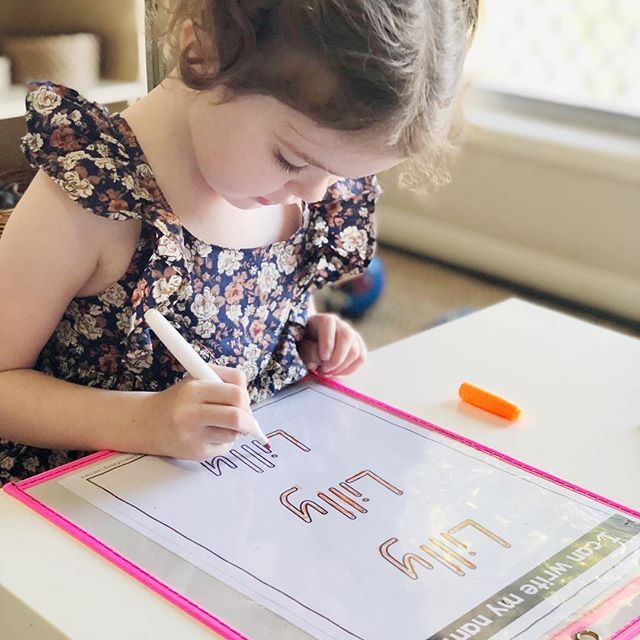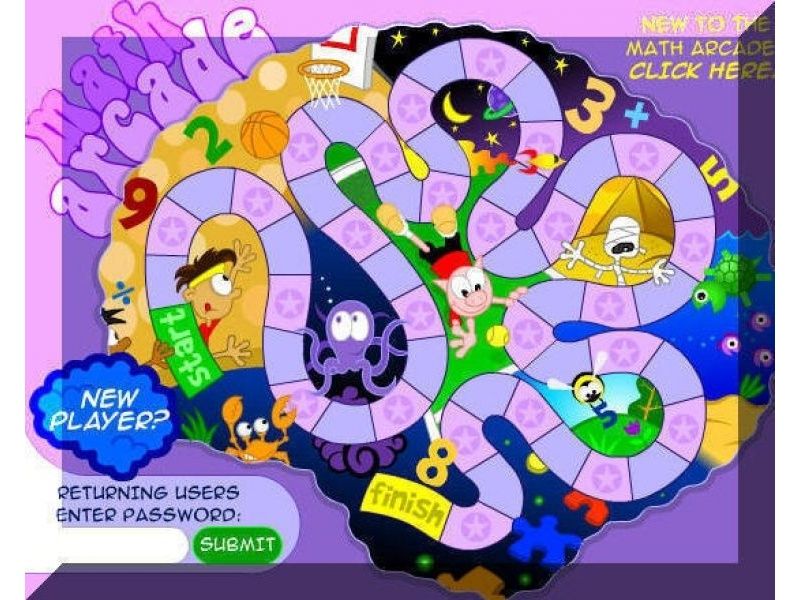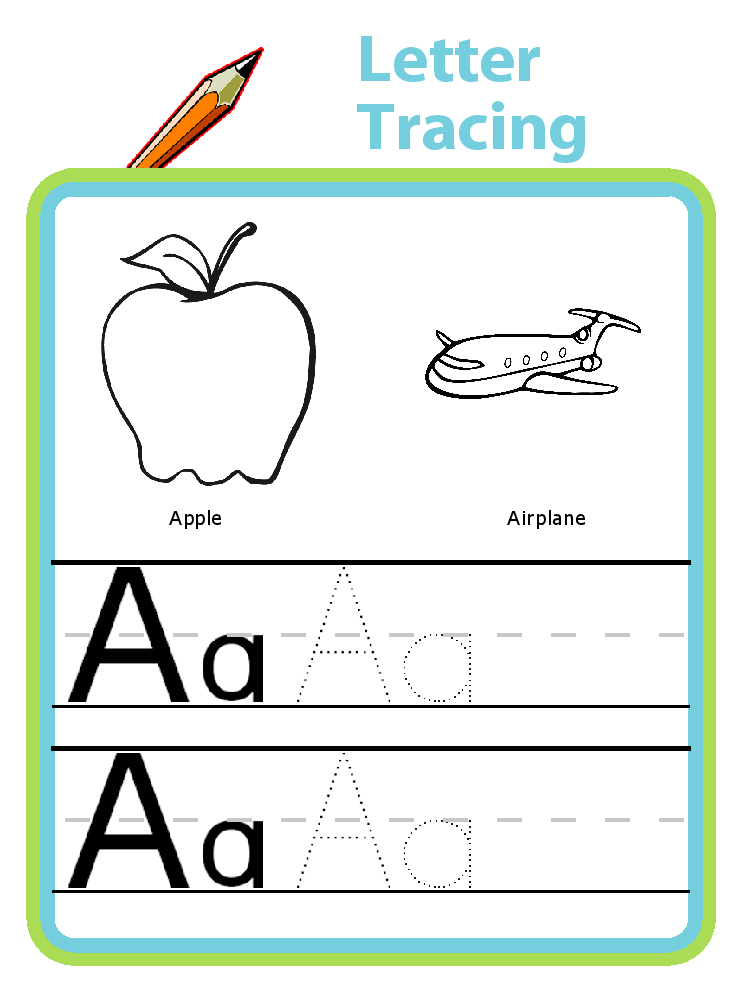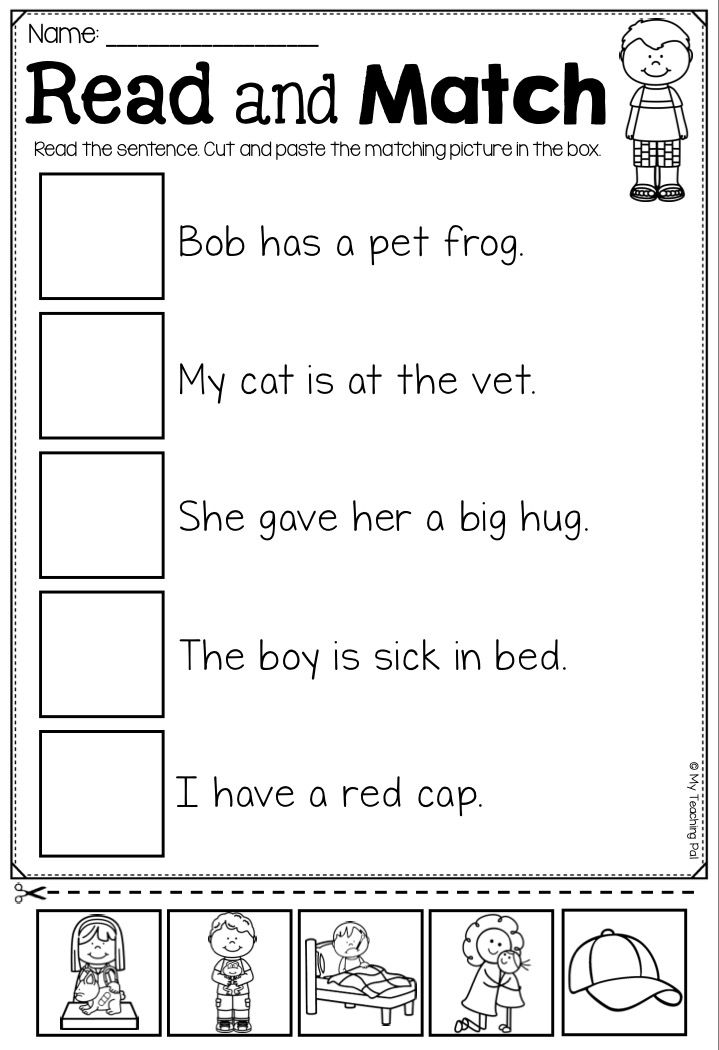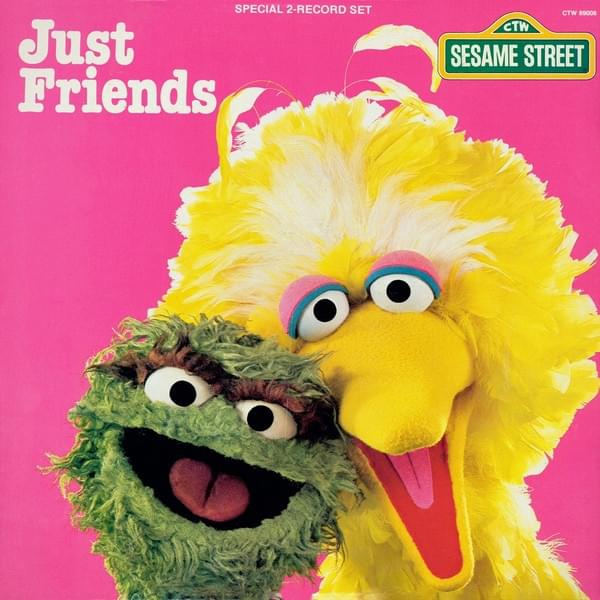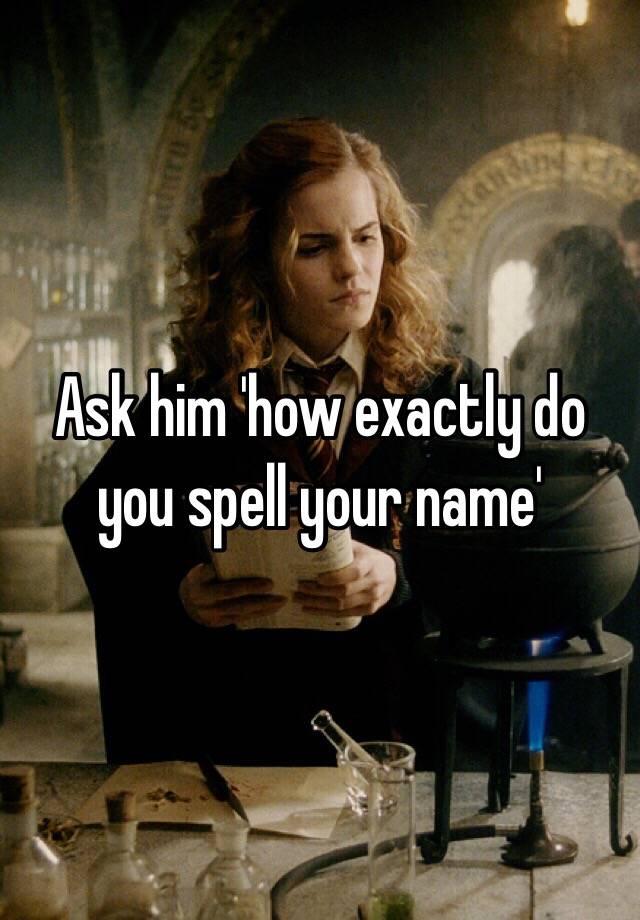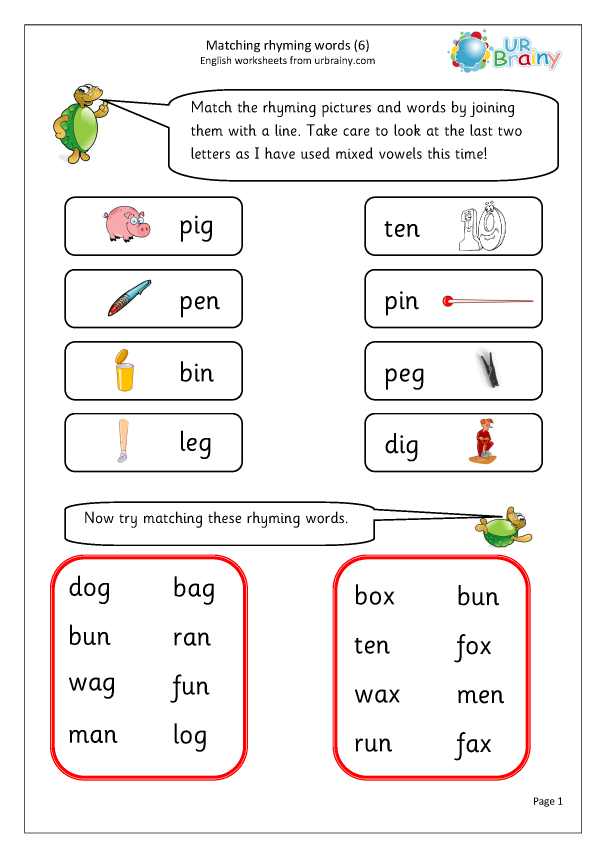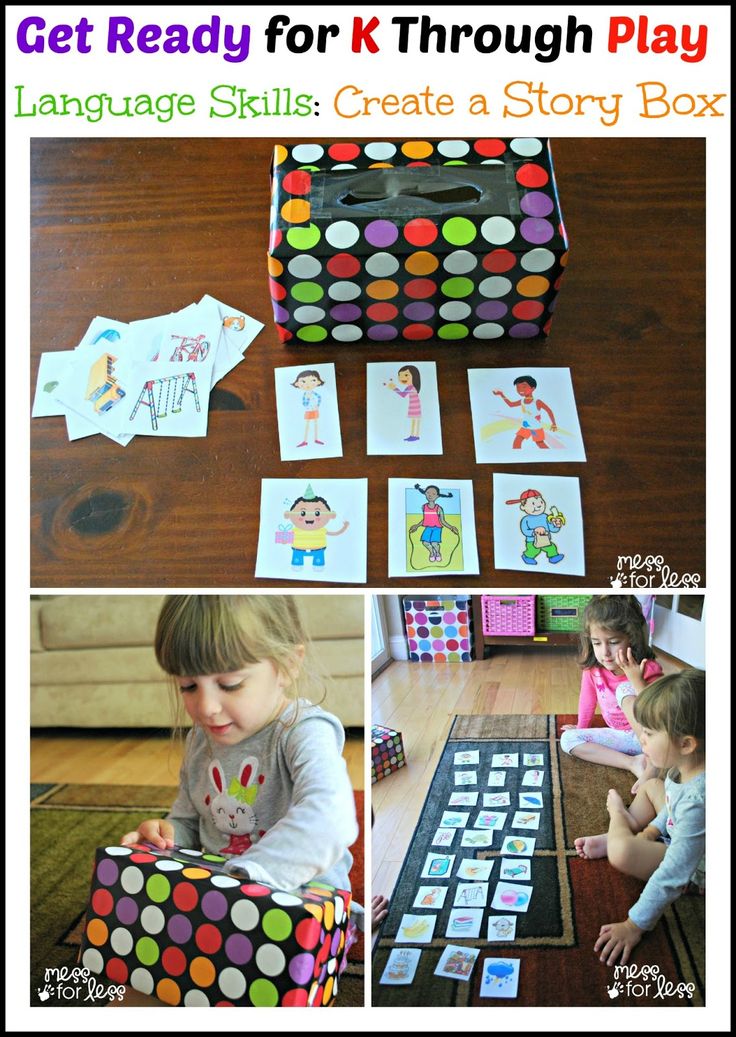Teaching your child to write
Helping Young Children Develop Strong Writing Skills
On this page
- Why is writing important?
- What Can You Do?
- Ideas for Parents: How to Help Your Child Become a Stronger Writer
Note: This article was adapted from two articles written by the U.S. Department of Education and was compiled by Colorín Colorado.
Writing is an important part of our daily lives. It is, however, a difficult skill to learn and master. By getting a head start with some simple activities, you can help your child begin to develop her writing skills at an early age. By doing so you will be contributing to her future success as a student and as an adult while teaching her how to express herself.
In this article, we provide some reasons that writing is an important skill for people of all ages, as well as a list of suggestions that will help your child become a stronger writer.
Why is writing important?
Writing is practical.
Every day, we need to write in order to complete our tasks, whether we are filling out a form at the doctor's office or writing an important letter. These tasks require us to write clearly, and organize information effectively.
Writing is an important element of a student's education.
Whether students are writing by hand or on the computer, many assignments and exams require students to write short answers or longer essays as a way of assessing what they have learned. As students get older, they will be expected to show more sophisticated writing skills, and to complete more sophisticated tasks through their writing. In addition, many colleges and universities require students to write essays as part of their admissions application.
Writing can be an important element of an employee's job.
Employees in many kinds of jobs are required to write on a daily basis. Perhaps they are taking phone messages and doing administrative work, or writing research reports and newspaper articles. Whatever the task, their ability to do their job well may depend on their ability to write. Many job applicants also must submit a resumé and a letter of application when applying to a new job.
Writing is an important form of communication.
Writing letters and emails is a common way of keeping in touch with our friends, relatives, and professional colleagues. Writing is frequently the final stage in communication when we want to leave no room for doubt, which is why we write and sign contracts, leases, and treaties when we make important decisions.
Writing can be an important outlet.
Many people find writing to be therapeutic, and a helpful way to express feelings that cannot be expressed so easily by speaking.
What Can You Do?
It's important to remember that writing can be as difficult a subject to teach and assess as it is to learn. Many students have trouble writing with clarity, coherence, and organization, and this can discourage them from writing if they feel frustrated.
That's where parent involvement can make a big difference. Encouraging your child to develop strong writing skills at a young age, and to become a better writer as she gets older, can have a lifelong positive impact on her writing, and may make writing an easier and more enjoyable process for her
To get you started, the Department of Education offers a number of ideas of things you can do help your child become a stronger writer.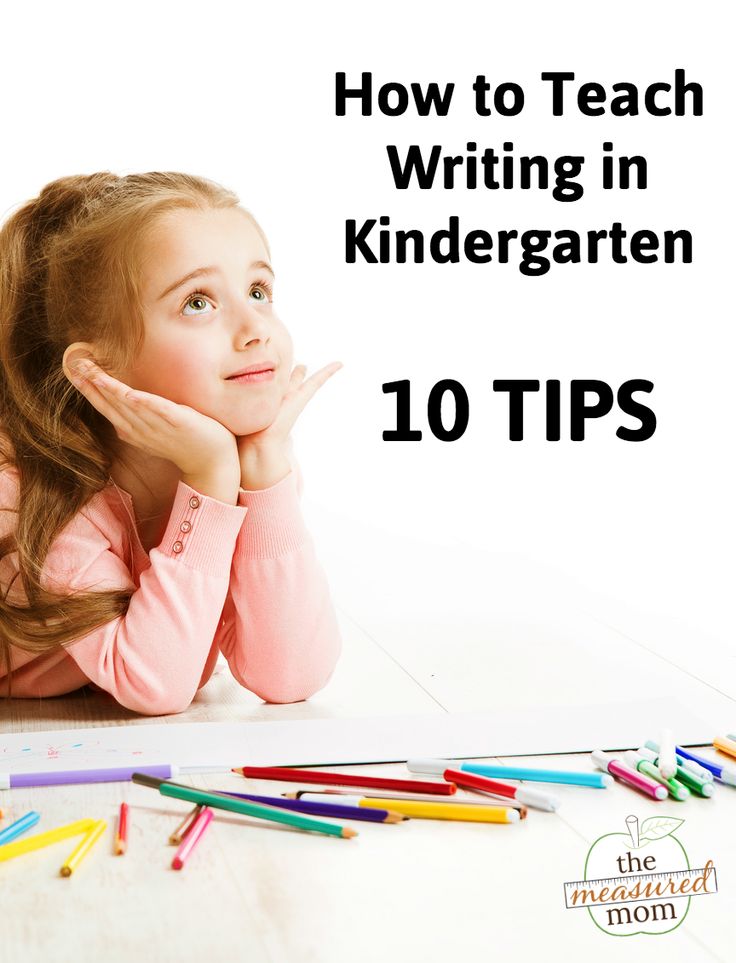 While many of these ideas apply to younger children, they can be adapted for older children as well. To learn more about ways to support your children if they continue to struggle with writing in middle and high school, read Tips for Parents of Struggling Adolescent Writers.
While many of these ideas apply to younger children, they can be adapted for older children as well. To learn more about ways to support your children if they continue to struggle with writing in middle and high school, read Tips for Parents of Struggling Adolescent Writers.
Ideas for Parents: How to Help Your Child Become a Stronger Writer
What You Need
- Pencils, crayons, or markers
- Yarn or ribbon
- Writing paper or notebook
- Cardboard or heavy paper
- Construction paper
- Safety scissors
Before getting started
Provide a place
It's important for your child to have a good place to write, such as a desk or table with a smooth, flat surface. It's also crucial to have good lighting.
Provide the materials
Provide plenty of paper (lined and unlined) and things to write with, including pencils, pens, and crayons.
Brainstorm
Talk with your child as much as possible about her ideas and impressions, and encourage her to describe people and events to you.
Activities for young children
Encourage the child to draw and to discuss her drawings
Ask your child questions about her drawings such as:
"What is the boy doing?"
"Does the house look like ours?"
"Can you tell a story about this picture?"
Show an interest in, and ask questions about, the things your child says, draws, and may try to write.
Ask your child to tell you simple stories as you write them down
Copy the story as your child tells it, without making changes. Ask her to clarify anything you don't understand.
Encourage your child to write her name
Practice writing her name with her, and point out the letters in her name when you see them in other places (on signs, in stores, etc.). She may start by only writing the first few letters of her name, but soon the rest will follow.
Use games
There are numerous games and puzzles that help children with spelling while increasing their vocabulary. Some of these may include crossword puzzles, word games, anagrams, and cryptograms designed especially for children. Flash cards are fun to use too, and they're easy to make at home.
Some of these may include crossword puzzles, word games, anagrams, and cryptograms designed especially for children. Flash cards are fun to use too, and they're easy to make at home.
Turn your child's writing into books
Paste her drawings and writings on pieces of construction paper. For each book, make a cover out of heavier paper or cardboard, and add special art, a title, and her name as author. Punch holes in the pages and cover, and bind the book together with yarn or ribbon.
Day-to-Day Activities
Make sure your child sees you writing
She will learn about writing by watching you write. Talk with her about your writing so that she begins to understand why writing is important and the many ways it can be used.
Encourage your child to write, even if she's scribbling
Give your child opportunities to practice writing by helping her sign birthday cards, write stories, and make lists.
As your child gets older, write together
Have your child help you with the writing you do, including writing letters, shopping lists, and messages.
Suggest note-taking
Encourage your child to take notes on trips or outings, and to describe what she saw. This could include a description of nature walks, a boat ride, a car trip, or other events that lend themselves to note-taking.
Encourage copying
If your child likes a particular song, suggest that she learn the words by writing them down. Also encourage copying favorite poems or quotations from books and plays.
Encourage your child to read her stories out loud
As your child gets older, ask her to share her stories with you. Listen carefully without interrupting, and give her positive feedback about her ideas and her writing!
Hang a family message board in the kitchen
Offer to write notes there for your child.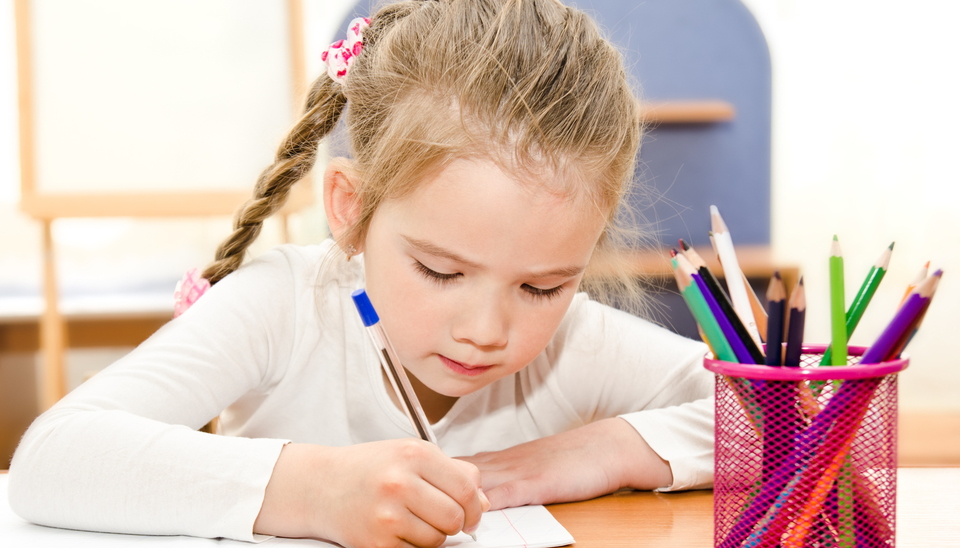 Be sure that she finds notes left there for her.
Be sure that she finds notes left there for her.
Help your child write letters and emails to relatives and friends
These may include thank you notes or just a special note to say hello. Be sure to send your child a letter or card once in awhile too so that she is reminded of how special it is to get a letter in the mail. Consider finding a pen pal for your child.
Encourage keeping a journal
This is excellent writing practice as well as a good outlet for venting feelings. Encourage your child to write about things that happen at home and school, about people she likes or dislikes and why, and about things she wants to remember and do. If she wants to share the journal with you, read the entries and discuss them together.
Things to remember
Allow time
Help your child spend time thinking about a writing project or exercise. Good writers often spend a lot of time thinking, preparing, and researching before starting to write. Your child may dawdle, sharpen a pencil, get papers ready, or look up the spelling of a word. Be patient — this may all be part of her preparation.
Your child may dawdle, sharpen a pencil, get papers ready, or look up the spelling of a word. Be patient — this may all be part of her preparation.
Respond to your child's writing
Respond to the ideas your child expresses verbally or in writing. Make it clear that you are interested in what the writing conveys, which means focusing on "what" the child has written rather than "how" it was written. It's usually wise to ignore minor errors, particularly at the stage when your child is just getting ideas together.
Praise your child's writing
Take a positive approach and find good things to say about your child's writing. Is it accurate? Descriptive? Original? Creative? Thoughtful? Interesting?
Avoid writing for your child
Don't write a paper for your child that will be turned in as her work, and don't rewrite your child's work. Meeting a writing deadline, taking responsibility for the finished product, and feeling ownership of it are also important parts of the writing process.
Help your child with her writing as she gets older
Ask your child questions that will help her clarify the details of her stories and assignments as they get longer, and help her organize her thoughts. Talk about the objective of what she is writing.
Provide your child with spelling help when she's ready for it
When your child is just learning how to read and write, she may try different ways to write and spell. Our job is to encourage our children's writing so they will enjoy putting their thoughts and ideas on paper. At first, your child may begin to write words the way that she hears them. For example, she might write "haf" instead of "have", "frn" instead of "friend", and "Frd" instead of "Fred." This actually is a positive step in developing her phonemic awareness. Keep practicing with her, and model the correct spelling of words when you write. As your child gets older and begins to ask more questions about letters and spelling, provide her with the help she needs.
Practice, practice, practice
Writing well takes lots of practice, so make sure your child doesn't get discouraged too easily. It's not easy! Give her plenty of opportunities to practice so that she has the opportunity to improve.
Read together
Reading and writing support each other. The more your child does of each, the better she will be at both. Reading can also stimulate your child to write about her own family or school life. If your child has a particular favorite story or author, ask her why she thinks that story or that person's writing is special.
As you read and write more with your child, you will be building an important foundation, and taking steps that will help your child to become a better reader, writer, and student. Your efforts now will make a difference — and it may be just the difference that your child needs to succeed!
References
U.S. Department of Education. Office of Educational Research and Improvement, Archived Information.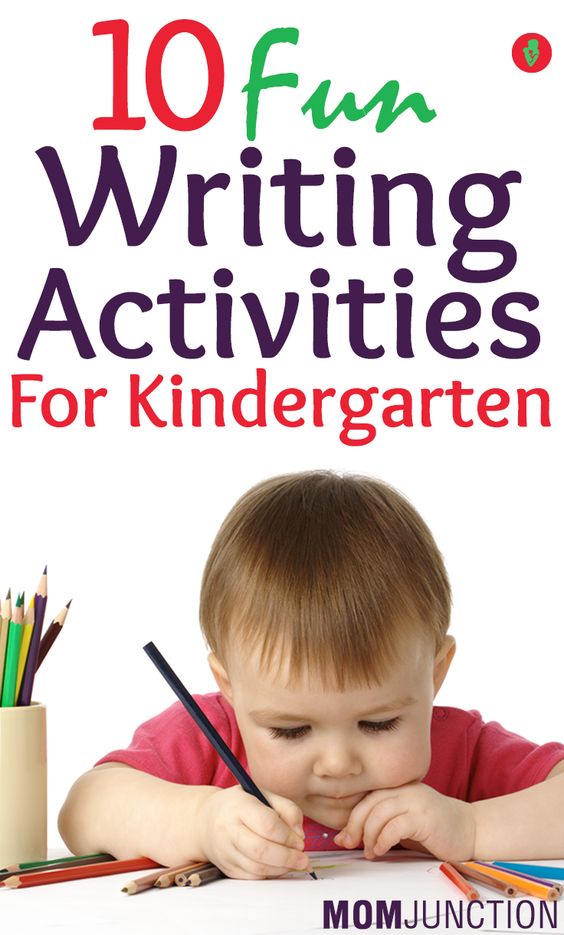 "Help Your Child Learn to Write Well." http://www.ed.gov/pubs/parents/Writing/index.html.
"Help Your Child Learn to Write Well." http://www.ed.gov/pubs/parents/Writing/index.html.
U.S. Department of Education. Parent Section: Helping Your Child Become a Reader. "Write On!" http://www.ed.gov/parents/academic/help/reader/part5.html#write.
Reprints
You are welcome to print copies or republish materials for non-commercial use as long as credit is given to Colorín Colorado and the author(s). For commercial use, please contact [email protected].
Major support provided by our founding partner, the American Federation of Teachers, AFL-CIO.
With generous support provided by the National Education Association.
ADVERTISEMENT
Most Popular
Language Objectives: The Key to Effective Content Area Instruction for English Learners
8 Strategies for Building Relationships with ELLs
Supporting ELLs in the Mainstream Classroom: 12 Strategies for Language Instruction
Using Cognates to Develop Comprehension in English
Tweets by @ColorinColorado
See 11 Helpful Activities to Teach Children to Write Letters & Numbers
What does research say about the benefits of teaching children to write letters and numbers accurately?
Research shows that handwriting is a foundational skill that can influence students’ reading, writing, language use, and critical thinking. It has an important role in brain development. It is necessary to teach children to write, alongside technology in the classroom, as it promotes success in other academic subjects.
It has an important role in brain development. It is necessary to teach children to write, alongside technology in the classroom, as it promotes success in other academic subjects.
Handwriting provides children with the opportunity to create internal models for the symbol system necessary to succeed in academic disciplines (Dinehart 2013).
A standard expectation in education is that young students learn how to write legible, well-formed letters. So how do we teach a child to write letters and numbers legibly and accurately?
Research indicates the benefit of using multisensory activities to teach children to write letters and numbers.
According to scientific studies, children learn best by engaging in hands-on, multisensory learning that incorporates the five senses.
A study, conducted by Kast, Meyer, Vogeli, Gross, and Jancke (2007), found that targeting multiple senses during a writing training program helped students, with and without developmental dyslexia, to improve writing skills.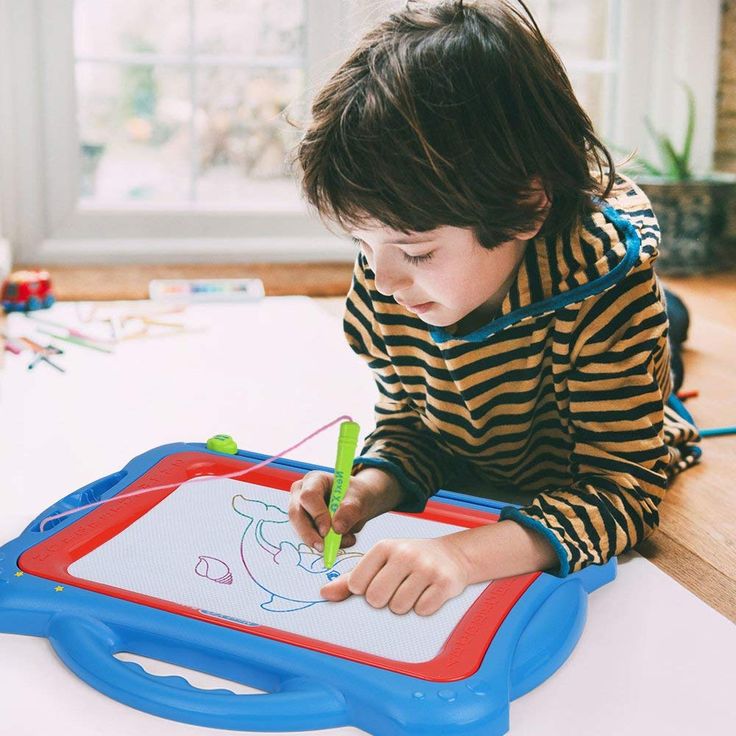
Multisensory instruction can also help children become more invested in the classroom. Results of a study by Molenda and Bhavangri (2009) stated that students become emotionally involved in multisensory activities in the classroom.
Also, research supports the use of a multisensory approach when teaching academics in general.
Here are ten multi-sensory/hands-on approaches to teach children to write letters and numbers.
These methods are used to help students address challenges such as illegible letters/numbers, inconsistency in letter/number size, and letter/number reversals.
1. Surface Tracing
Show your child a letter and ask him/her to pay attention to how it is formed/shaped. Then ask your child to try to trace it from memory on a table, door, window etc.
You can also trace a letter on any surface and have your child guess what it is. Use a large surface or small surface. Write large or small letters.
If your child is really struggling to trace or guess the letters, have her put her hand on yours while you trace the letter.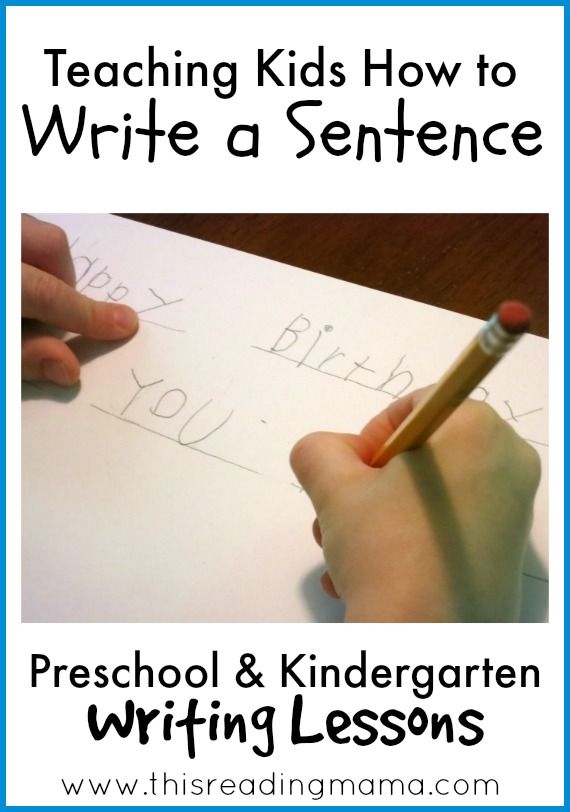 You can also put your hand on hers while you guide her to trace the letter.
You can also put your hand on hers while you guide her to trace the letter.
You can even trace the letter on your child’s hand and have her guess it and ask her to trace a letter on yours and have you guess it.
Research demonstrates that having children attempt to write/draw letters from memory is an effective strategy when trying to teach children to write or to improve letter formation.
2. Stencil – Write the letters/numbers in stencils to naturally practice correct formation.
3. Ask your child to trace letters/numbers with arrow cues.
Students can trace with arrow cues on a piece of paper or a dry erase board. Once they have the hang of that (may take several sessions), ask them to trace without arrow cues.
Research shows that using arrow cues is an effective strategy when working with children on correct letter formation.
You can also get a handwriting workbook such as Lots and Lots of Letter Tracing
or a dry-erase book where your child can erase and rewrite the letters/numbers as many times as they want.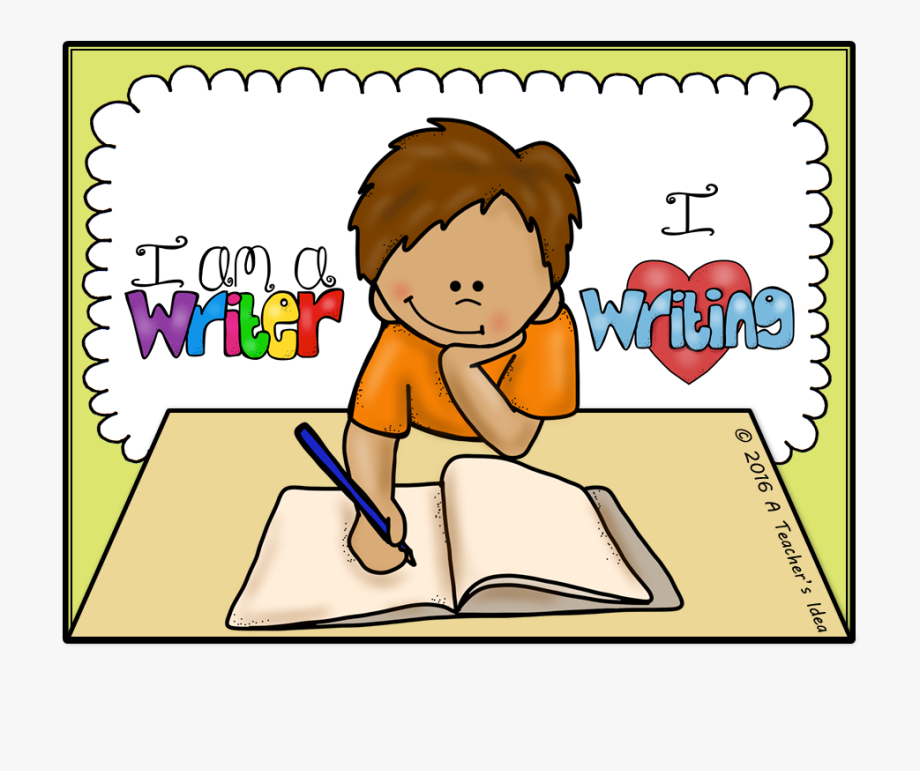
4. Look at the letter and then write it on paper or a dry-erase board from memory.
If a child struggles to keep the letters in the lines because of trouble with motor control or perceptual difficulties, provide them with wide-lined paper.
This is what wide-lined paper looks like:
Young children (or those with small hands) may also benefit from shorter/child-size pens/pencils.
5. Use the Wet-Dry-Try Method
The Wet-Dry-Try method is a component of the Handwriting Without Tears Program, a research-based handwriting intervention program.
How does the Wet-Dry-Try method work?
First, the adult writes the letter on a chalkboard.
Next. the child uses a sponge and then their finger to go over the letter to make a nice wet version of the letter.
Then the child lets the letter dry and traces over the letter with chalk.
See detailed instructions below.
Handwriting Without Tears has even come out with an app where your child can try the Wet-Dry-Try method on the IPAD.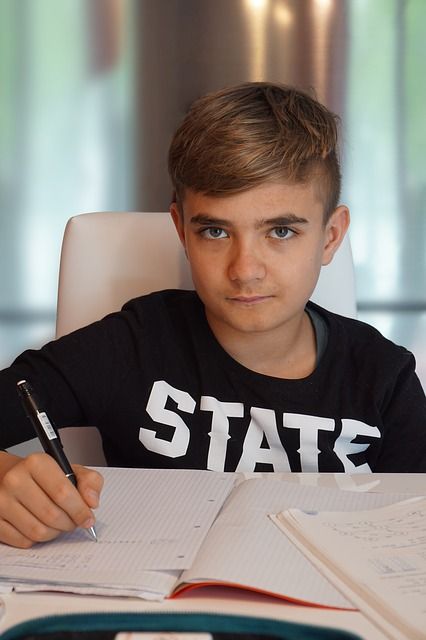
Here is an image of the app.
6. Feel/touch letter formations.
For instance, you could feel magnetic letters or make letters with play-doh or pipe cleaners and then feel/talk about their shape.
7. Write letters/numbers in sand or shaving cream.
8. Talk about letter formation.
For example, describe what a letter looks like-“a B has a straight line and two curves coming out to the right, a C looks like a crescent moon, an E looks like a comb with some missing teeth, a V is two slanted lines that meet at the bottom, etc.
Describe it to your child and have your child describe it to you. Talk about letter formation while you look at, write, or trace a letter.
9. Use mnemonic devices for b/d reversals.
Mnemonic devices are research-based techniques a person can use to help them improve their ability to remember something. Here are some examples of mnemonic devices for b/d reversals.
You May Also Be Interested In: Mnemonic Examples: Everything You Need to Know (And How to Use Them) by magneticmemorymethod. com
com
10. Write letters in clay.
Your child can use the point or back end of a pencil/pen or other carving tool. This will allow them to feel resistance when writing which is helpful for feeling letter formations and building hand strength.
Your child can look as they write or look (only if needed) and they try to write from memory.
11. Incorporate music and movement into learning.
Research demonstrates that music enhances learning and a component of multisensory learning (discussed above) often includes kinesthetic learning (learning that takes place by the student carrying out physical activities).
Check out these
Handwriting Without Tears moves.Here is a fun song that has the letters of the alphabet singing, dancing, and waving!
Keep in mind the following when working with students on writing:
Keep practice sessions short (e.g. 2 to 10 minutes for younger children or children who get easily frustrated and 10 to 15 minutes for older children or children who can work for longer periods without frustration), unless the child is eager to keep going.
For suggestions on ways to encourage children to complete tasks or assignments they do not want to do, read 3 Ways to Use Timers to Encourage Homework and Chore Completion and How to Use Schedules to Improve Children’s Behavior.
Remember to always stay calm when working with a child or student, even if you think they should be getting something that they are not getting.
If you get frustrated with them, they may start to feel anxious, angry, inferior, stupid, etc. which will lead to a less productive learning session.
Want to know if the strategies recommended in this article are working?
Ask your child to write the alphabet and the numbers 1 – 10. Check how many letters have the correct form, positioning, and are clearly recognizable. Implement the strategies in this article two to five times weekly.
At the end of a chosen time period (let’s say 10 weeks) reassess your child’s ability to correctly write 26 letters of the alphabet and numbers 1 – 10.
If you see improvement, you know the interventions are working.
It is important for children to work on mastering one letter before moving on to the next. Mastery means they can correctly write the letter on a piece of paper from memory.
Related Article: How to Help Your Child with Handwriting and Pencil Grip
Here is some additional information about writing support for your child.
Studies estimate that between 10 to 30 percent of elementary school children struggle with handwriting (Karlsdottir and Stephansson 2002, as cited in Feder and Majnemer 2007).
If you are concerned that your child is struggling with handwriting, talk to your child’s school to find out if they share the same concern.
If you are still unsure you can check with your child’s doctor or review handwriting milestones and guidelines such as the ones at North Shore Pediatric Therapy which indicate that by six years old children typically should be able to copy or write their name and be able to write the alphabet without omitting letters.
It also states that children are expected to write the alphabet in uppercase and lowercase letters without switching forms throughout and should also use appropriate capital letters and punctuation to write complete sentences.
By seven years old children are expected to write letters in the correct formation and position, particularly letters where reversals are common (example: ‘b’ versus ‘d’).
If your child is having trouble with letter formation, handwriting, or acquiring other academic skills, despite consistent practice and guidance, inform your child’s school and/or doctor.
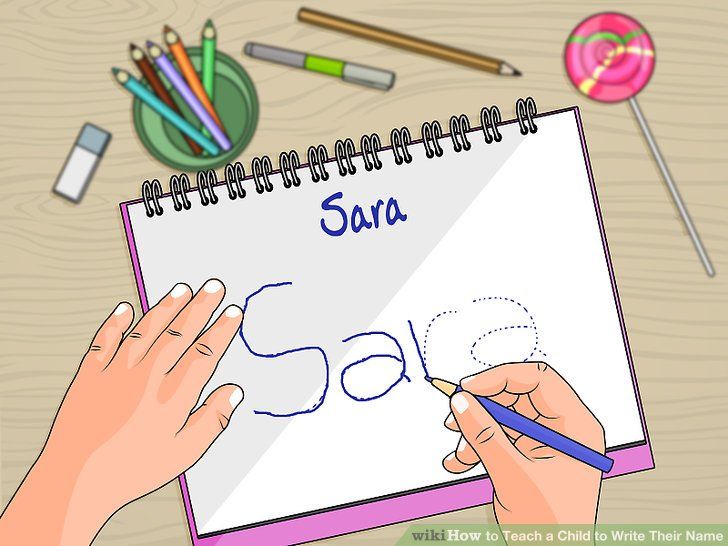
They can refer you to the appropriate professionals to determine what might be interfering with your child’s progress and what additional strategies might help.
An occupational therapist can assess posture, pencil grip, visual perception, hand-strength, etc. (all important skills for writing development) and work with your child to address specific areas of need.
A clinician such as a school psychologist, child psychologist, pediatric neurologist or developmental pediatrician can determine if additional challenges such as a learning disability or autism spectrum disorder are interfering with writing progress.
Occupational therapists can be found in your child’s schools or your community. Contact your child’s school, county, or insurance provider for more information on occupational therapists.
You Might Also Like: The Best Way to Teach Kids to Write by Preschool Inspirations
Video Presentation About Multisensory Handwriting Approaches
Multisensory Tools to Help with Letter and Number Formation
You can find more tools for learning to write in our Multisensory Store.
Rachel Wise
Rachel Wise is a certified school psychologist and licensed behavior specialist with a Master’s Degree in Education. She is also the head author and CEO at educationandbehavior.com, a site for parents, caregivers, educators, counselors, and therapists to find effective, research-based strategies that work for children. Rachel has been working with individuals with academic and behavioral needs for over 20 years and has a passion for making a positive difference in the lives of children and the adults who support them. For Rachel’s top behavioral strategies all in one place, check out her book, Building Confidence and Improving Behavior in Children, a Guide for Parents and Teachers. If you want Rachel to write for your business, offer behavioral or academic consultation, or speak at your facility about research-based strategies that support children, email her at [email protected].
If you want Rachel to write for your business, offer behavioral or academic consultation, or speak at your facility about research-based strategies that support children, email her at [email protected].
www.educationandbehavior.com
Like this:
Like Loading...
step-by-step instructions with expert advice
And now the first letter, the first word, appears on a piece of paper. Uneven and uncertain. But long-awaited. How to teach a child to write? How can I help him develop writing skills at home? Answers-in our material
Alena Gerashchenko
Author KP
Anna Shumilova
Methodist of the Teacher Platform
Mars Diamond 9000
Director0003
Writing is an important skill that is learned in preschool and elementary school. The opinions of experts differ: someone thinks that it is better not to put a letter to the child at home, someone, on the contrary, is convinced that it is the parent who opens the world of writing to the child.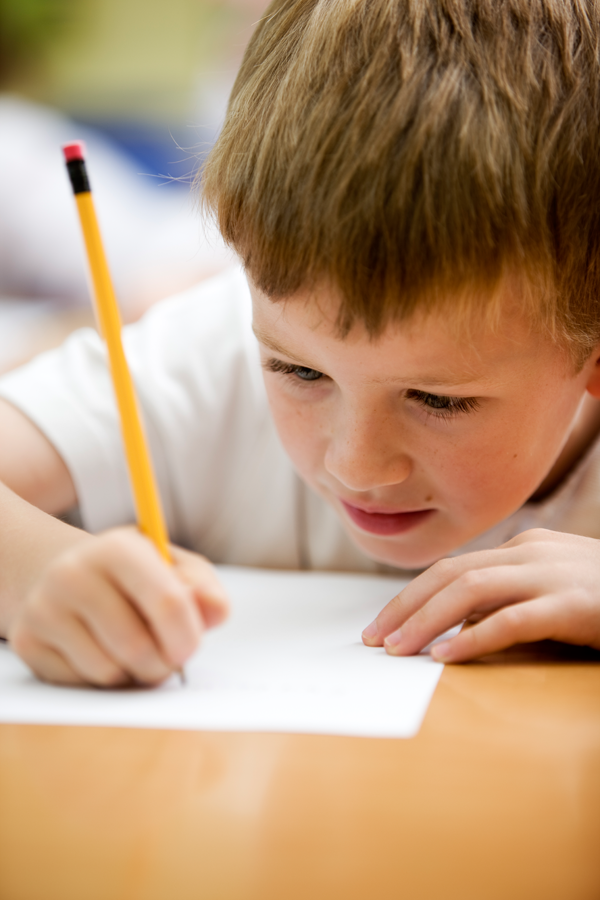 We believe that you can start developing the skill of writing letters at home - learn to draw pictograms, connect dots on paper, draw - not write - letters. Leave the capital letters and intricate, ornate words to the schoolteachers. Teach your child the basics. Get him interested in drawing, help develop spatial perception of reality, teach hand-finger coordination. We will tell you step by step how to teach your child the basics of writing before school.
We believe that you can start developing the skill of writing letters at home - learn to draw pictograms, connect dots on paper, draw - not write - letters. Leave the capital letters and intricate, ornate words to the schoolteachers. Teach your child the basics. Get him interested in drawing, help develop spatial perception of reality, teach hand-finger coordination. We will tell you step by step how to teach your child the basics of writing before school.
Step-by-step instructions for teaching a child to write
Everything needs a system. In training, a systematic, everyday contribution to the development of skills is very important. Compliance with the following steps will lay the foundation for high-quality development of the child's writing.
Step #1. Get interested
Start telling children in an exciting way what writing is, why it is needed, how it originated and developed. The main thing is to present the story not with dry facts. Do it brightly, colorfully, picturesquely. Show your child photographs of the walls of the Egyptian pyramids, which depict various drawings and hieroglyphs. Tell your son or daughter the story of the Novgorod boy Onfim, who wrote birch bark letters in the 13th century, show his monument, and the letters and drawings. The emotional presentation of the story, coupled with illustrative material - all this will resonate with the child. Also invite the child to do the exercises during the stories. Here are a couple of activities to accompany stories that will help your child understand the nature of writing and want to learn to write on their own as soon as possible.
Do it brightly, colorfully, picturesquely. Show your child photographs of the walls of the Egyptian pyramids, which depict various drawings and hieroglyphs. Tell your son or daughter the story of the Novgorod boy Onfim, who wrote birch bark letters in the 13th century, show his monument, and the letters and drawings. The emotional presentation of the story, coupled with illustrative material - all this will resonate with the child. Also invite the child to do the exercises during the stories. Here are a couple of activities to accompany stories that will help your child understand the nature of writing and want to learn to write on their own as soon as possible.
Exercise 1
Show your child pictograms (wall pictures that our ancestors used to communicate information to each other), invite him to fantasize and make up an oral story based on the pictures he saw.
Exercise 2
And vice versa: make up a story with your child and invite him to illustrate it in detail with the help of pictures. Such tasks, among other things, develop fantasy, speech and storytelling skills.
Such tasks, among other things, develop fantasy, speech and storytelling skills.
After the pictograms, go on to explain ideographic writing. It sounds complicated, but in fact, ideography uses simplified pictograms - symbols. The Chinese language is built on symbolism (principle 1 character = 1 word), designations in the transport sector. Acquaintance with the symbols will be interesting to the child if you pay attention to them during a walk.
You can teach a child to draw simple images with meaning: for example, two wavy horizontal lines symbolize a pond; crossed circle - prohibition, the word "no" and so on. Stories about ideographic writing and "practical ideography" will expand the horizons of the baby, teach him to perceive the world around him more sensitively, develop creative thinking, and teach spatial perception.
If you feel that the kid is ready for more (he asks questions, draws a lot), tell him about modern writing, about languages. Explain that the Egyptians wrote from right to left - it was inconvenient: hieroglyphs, drawings were smeared by hand.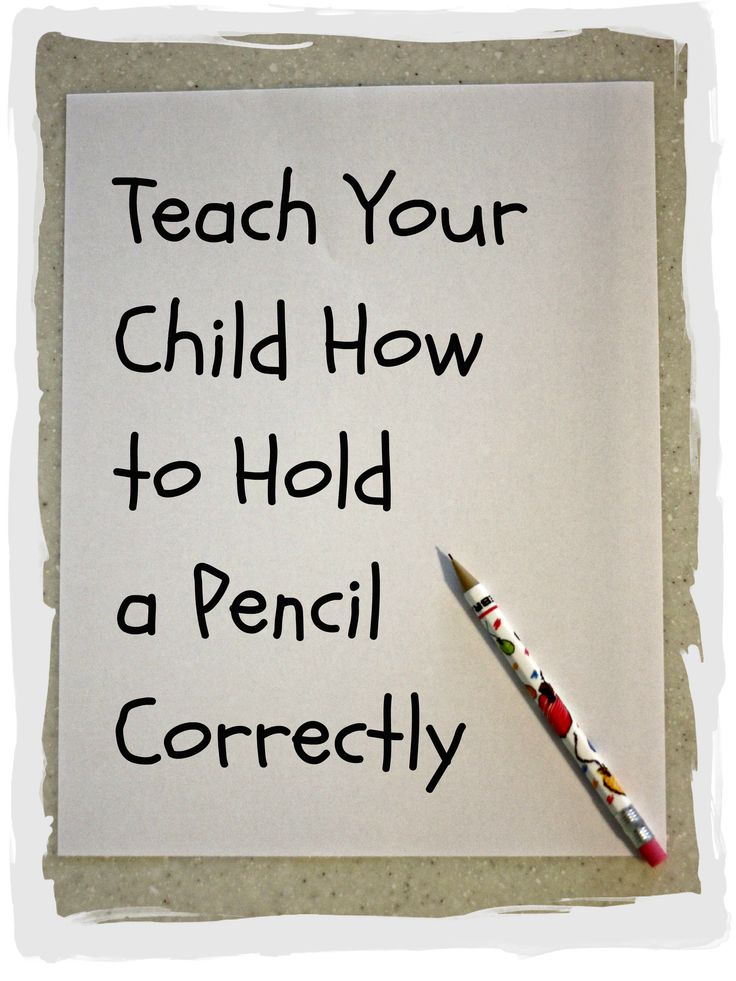 Show your child that writing like this is not very convenient. Tell us that we inherit the experience of the ancient Greeks - we write from left to right. Take a digression into history and tell the fidget that Latin was developed from the ancient Greek language, and it became the official language of the church. Latin formed the basis of many other languages (English, German). And our ancestors developed Slavic writing, the Russian language. Conclude that today we use the Russian script, an alphabet of 33 letters. Show the child a primer, study each letter with him. Invite the child to circle each of them with a finger.
Show your child that writing like this is not very convenient. Tell us that we inherit the experience of the ancient Greeks - we write from left to right. Take a digression into history and tell the fidget that Latin was developed from the ancient Greek language, and it became the official language of the church. Latin formed the basis of many other languages (English, German). And our ancestors developed Slavic writing, the Russian language. Conclude that today we use the Russian script, an alphabet of 33 letters. Show the child a primer, study each letter with him. Invite the child to circle each of them with a finger.
Step #2: Practice Moderately
Spend no more than 15 minutes a day on letter-drawing. Let the child during this time repeat the outlines of the letters from the primer. Let him try to draw them. If the letters are crooked - it's not scary. It should not scare you that the signs crawling out from under the pencil of a novice writer do not quite look like letters. Transform the process of learning to write into a game - sit next to the baby and draw incomprehensible signs of eyes, smiles, legs and arms. So the child will have more fun. He will trust you, the process, the primer, and next time he will accurately draw a letter, and not a hippopotamus or a fat cat. The main rule is to learn to draw letters for a quarter of an hour. Let the child rest. Even the creativity that the kid is passionate about can exhaust him and discourage him from learning to write.
Transform the process of learning to write into a game - sit next to the baby and draw incomprehensible signs of eyes, smiles, legs and arms. So the child will have more fun. He will trust you, the process, the primer, and next time he will accurately draw a letter, and not a hippopotamus or a fat cat. The main rule is to learn to draw letters for a quarter of an hour. Let the child rest. Even the creativity that the kid is passionate about can exhaust him and discourage him from learning to write.
Spend no more than 15 minutes a day on letter-drawing. Photo: globallookpress.com
Step No. 3. “We wrote, we wrote, our fingers were tired!” Develop fine motor skills
Together with your child, sculpt from plasticine, build towers and wonderful animals from the designer, draw, color, make applications, lay out mosaics, embroider with a cross. Practice daily, captivate your child with creativity and at the same time help him develop fine motor skills of his hands.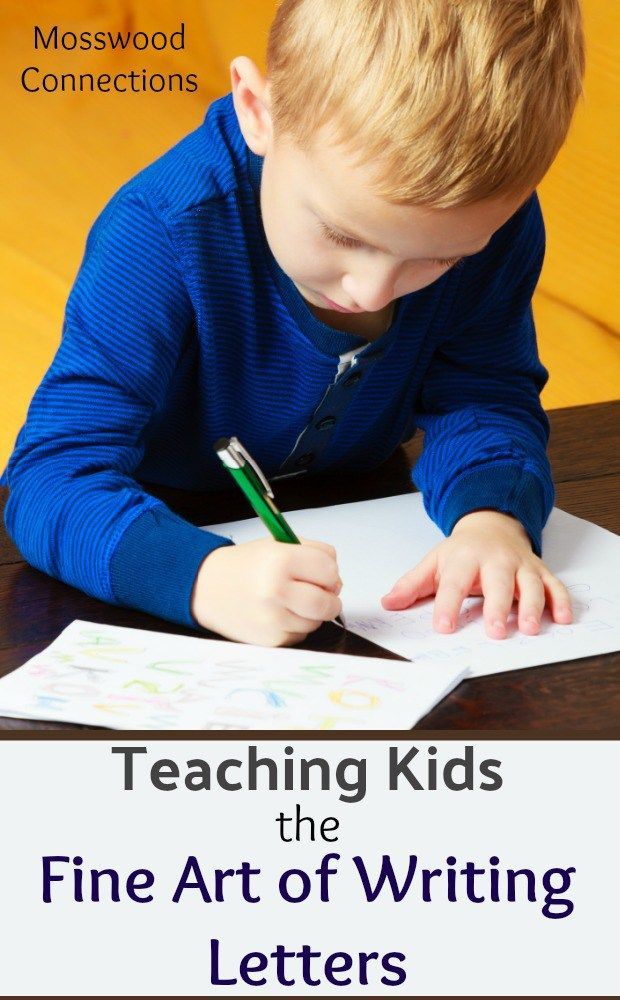 If he learns to manipulate various small objects, it will be easier for him to learn to write. Fine motor skills training allows you to develop the temporal regions of the brain that are responsible for speech. If the baby has good motor skills, he writes well, then it will also not be difficult for him to tell a poem beautifully or come up with a story and vividly present it to his family, classmates, teacher. In man, everything is very subtly interconnected.
If he learns to manipulate various small objects, it will be easier for him to learn to write. Fine motor skills training allows you to develop the temporal regions of the brain that are responsible for speech. If the baby has good motor skills, he writes well, then it will also not be difficult for him to tell a poem beautifully or come up with a story and vividly present it to his family, classmates, teacher. In man, everything is very subtly interconnected.
Read also
"Mom, buy": how to deal with children's requests in the shopping center, parental abuse in response: perhaps each of us was an unwitting witness to such heartbreaking scenes. Together with the teacher-psychologist Ekaterina Bolysheva, we learn to avoid mistakes that can lead to children's tantrums in the store0035
The child's back must not be bent by the wheel. Incorrect posture will negatively affect the health of the internal organs of the baby, his psychological state, even the activity of his thinking.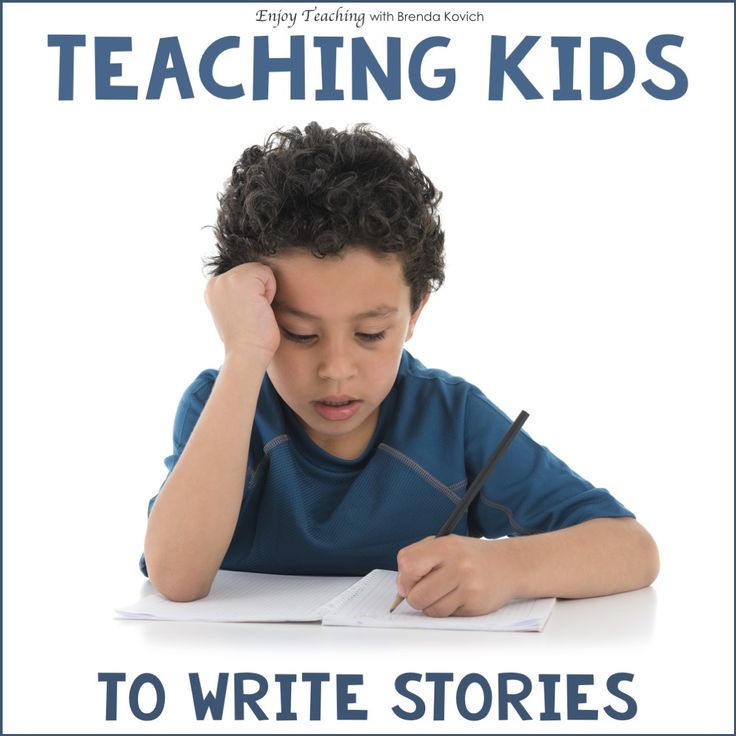 Do sports with your child (gymnastics, swimming). Show him how to walk correctly - straight with a slightly raised chin, rushing the top of his head up. Teach him to sit at the table correctly: the child should bend in the lower back, the shoulders should be slightly relaxed, lowered. The kid should not lean heavily on the back of the chair and shift the entire body weight onto the table. The muscles of the upper body should be toned and slightly tense, but the neck should not be pulled forward. A slight tilt of the head is acceptable. In any case, consult with your pediatrician about how to properly seat your child at the table. He will suggest effective practices for controlling the muscles of the back, neck, arms and will talk in detail about why it is so important to develop the habit of sitting at the table correctly.
Do sports with your child (gymnastics, swimming). Show him how to walk correctly - straight with a slightly raised chin, rushing the top of his head up. Teach him to sit at the table correctly: the child should bend in the lower back, the shoulders should be slightly relaxed, lowered. The kid should not lean heavily on the back of the chair and shift the entire body weight onto the table. The muscles of the upper body should be toned and slightly tense, but the neck should not be pulled forward. A slight tilt of the head is acceptable. In any case, consult with your pediatrician about how to properly seat your child at the table. He will suggest effective practices for controlling the muscles of the back, neck, arms and will talk in detail about why it is so important to develop the habit of sitting at the table correctly.
Popular questions and answers
How to teach a child to write beautifully?
Anna Shumilova, methodologist of the Uchi.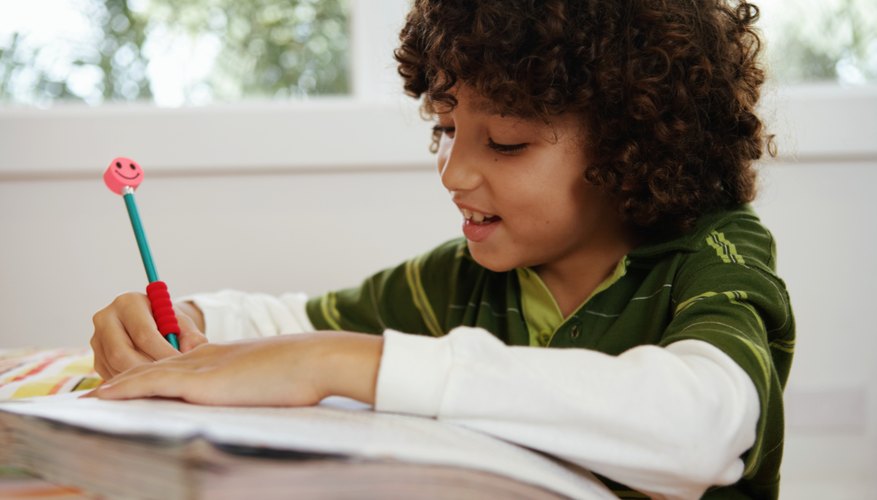 ru platform:
ru platform:
— Is it really necessary to demand beautiful handwriting and perfectly clean notebooks from a child? Some parents are worried when teachers lower their children's grades for the design of notebooks, and they believe that the main thing is to write down the exercise without errors, give the correct answer to the question, and find the right solution to the problem. Other parents, on the contrary, force the child to rewrite the work with blots and expect the teacher to spend enough time on calligraphy in the classroom. The truth, as always, lies somewhere in the middle. Any teacher knows from his own experience that in dirty, untidy notebooks there are rarely work without errors. Order and accuracy help to form a harmonious, logical thinking. If the student writes quickly and readably, this becomes a huge advantage for him in mastering the school material. We are of the opinion that the teacher should teach children to write. Any adult person knows for himself that it is quite difficult to change handwriting or the way letters are written. Incorrect spelling of letters will not help either the first grader or his teacher, but, on the contrary, will cause additional difficulties. However, a parent can help.
Incorrect spelling of letters will not help either the first grader or his teacher, but, on the contrary, will cause additional difficulties. However, a parent can help.
If you want to help your child prepare for writing, it is best to start with block letters and do no more than 20 minutes at a time. You should also explain to the future student the basic principles of writing.
1. The line is the letter house. It has a floor and a ceiling. You can not break through the floor and stick out the legs of the letters from there. You can't break through the ceiling and stick your head out like a giraffe. If such a nuisance nevertheless happened with the letters, you can give the child a colored pencil and ask them to underline the hooligan letters and ask what exactly is wrong with them. After that, be sure to underline the letters that turned out to be written correctly, and praise the child. Another great exercise is coloring. We select a small part of the picture and ask to color it without going beyond the outline of the figure. For little naughty fingers, it's not so easy.
For little naughty fingers, it's not so easy.
2. When we write letters, we imagine the rails on which the train travels. If the rails cross, the train will derail and fall. The letters should not dance on the line, but stand like soldiers. After the kid writes a line, you can take a ruler and draw vertical lines through the letters. If the rails are straight everywhere, then the train arrived wonderfully, and you can put a big fat plus on this line! Over time, the rails may become slanted, but should remain parallel.
3. Written letters consist of a certain set of elements: sticks, hooks, loops and ovals. As we wrote above, it’s better not to collect letters without a teacher, but it’s worth practicing writing sticks of different lengths. To work with an oval, we can draw a box. The oval should look out the window and not get stuck in it. If a child draws a circle, then his chubby cheeks will not crawl through the window. Cheeks will have to be erased. In addition to writing, we advise you to have an A4 lined notebook. If you don't have one, the regular one will do. First, the parent himself draws a large beautiful printed letter. The child paints its elements in different colors. Then we write giant letters (several centimeters high). At the beginning of the line, the parent puts dots, the child circles them, and only then appends the line on his own. Next come the middle letters and, towards the end of the page, the midget letters. While the child is writing, you can ask him to pronounce the sound of a capital letter in a rough voice, the sound of a middle letter in a normal voice, and squeak the sound of a midget letter. That will be much more fun!
In addition to writing, we advise you to have an A4 lined notebook. If you don't have one, the regular one will do. First, the parent himself draws a large beautiful printed letter. The child paints its elements in different colors. Then we write giant letters (several centimeters high). At the beginning of the line, the parent puts dots, the child circles them, and only then appends the line on his own. Next come the middle letters and, towards the end of the page, the midget letters. While the child is writing, you can ask him to pronounce the sound of a capital letter in a rough voice, the sound of a middle letter in a normal voice, and squeak the sound of a midget letter. That will be much more fun!
How to teach a child to write quickly?
Anna Shumilova:
— A quick letter is a continuous letter. He will be taught by a teacher at school. As soon as the literacy period ends (around February 1st grade) and the Russian language begins, you can dictate very short dictations to your child. You can use the collection of O. V. Uzorova. You can come up with short funny sentences about your child yourself. This will generate additional interest in the letter. Only practice and control over the maximum continuity of the hand while writing one word will help to write quickly. So that the child does not forget what this or that letter looks like (which happens up to grade 3), it is necessary to spend minutes of calligraphy.
You can use the collection of O. V. Uzorova. You can come up with short funny sentences about your child yourself. This will generate additional interest in the letter. Only practice and control over the maximum continuity of the hand while writing one word will help to write quickly. So that the child does not forget what this or that letter looks like (which happens up to grade 3), it is necessary to spend minutes of calligraphy.
Read also
Motivation of a child to study at school
Komsomolskaya Pravda tells why children are waiting for the Day of Knowledge, but after a week they suddenly start to get sick and tells how to make the child motivated to study
2
How to teach a child to write at home?
Almaz Marsov, director of the online school "It's clear":
- Learning to write can be divided into 2 stages: preparing the hand for writing and writing itself. At the preparatory stage, you need to teach the child to coordinate brush movements. To do this, play and create with your child. Coloring pages, hatching tasks, as well as graphic exercises will help you: graphomotor tests, labyrinths, tasks of the series “connect by dots”, “connect by dotted lines”, “draw the second half” and so on. In a word, these are the tasks that will teach a child to use a pencil or pen - to set the direction of the lines, control the force of pressure, control the size of the image, the clarity of the lines and smoothness. After that, you can start writing letters and numbers.
At the preparatory stage, you need to teach the child to coordinate brush movements. To do this, play and create with your child. Coloring pages, hatching tasks, as well as graphic exercises will help you: graphomotor tests, labyrinths, tasks of the series “connect by dots”, “connect by dotted lines”, “draw the second half” and so on. In a word, these are the tasks that will teach a child to use a pencil or pen - to set the direction of the lines, control the force of pressure, control the size of the image, the clarity of the lines and smoothness. After that, you can start writing letters and numbers.
The main principle is to go from simple to complex. First, you can learn to write part of a letter or number, then the letter or number in full. It is important to show the child the correct sequence of writing letters and numbers: from left to right, from top to bottom. Too many children come to school with the wrong letter and are faced with the need to relearn. To avoid this, we recommend that you complete tasks with the children and control the correct spelling until they develop a writing skill.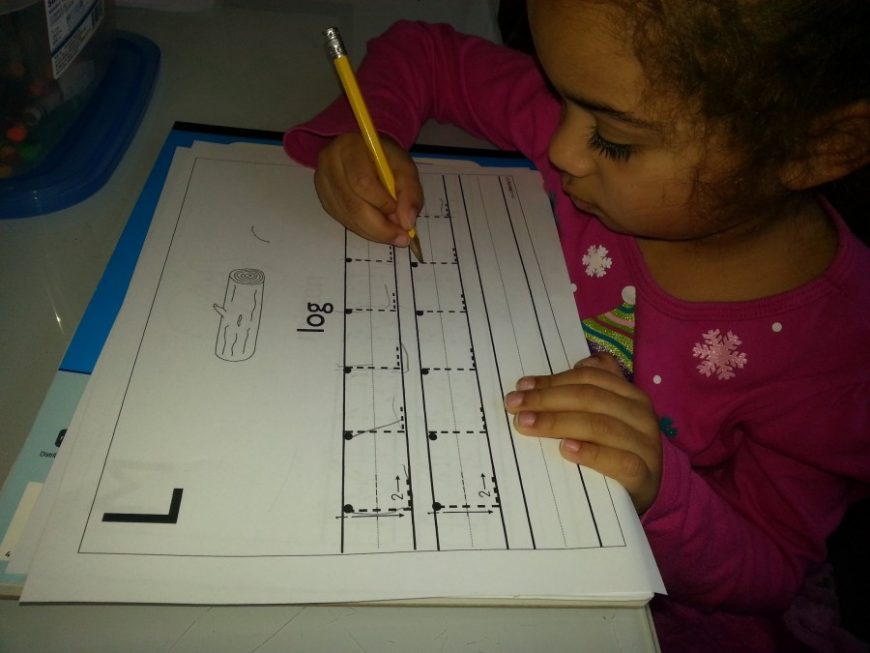
Of course, the best helper is prescription. As soon as the child masters the letter with a hint, you can move on to a more difficult option - writing in a notebook. The more practice, the more confident and better the child's writing. Finally, the skill needs to be consolidated and improved. Write everywhere: sign drawings and crafts, write on asphalt with crayons, on misted glass with your finger - turn writing into a game and an interesting activity for a child. The more you practice, the faster and more beautiful the child will write.
What kind of games help children develop writing skills?
Anna Shumilova:
— Almost any exercise can be turned into a game. It depends on the submission of the material. You can draw letters with your nose in the air, collect letters from sweets. You can color the letters, circle them with dots, and then give them gifts. If the letter is oval, it is necessary to give objects that also contain an oval in their image. Write not only at the table, but also with chalk on the pavement, a marker on a blackboard, sand on glass or on a piece of paper, show letters on your fingers, ask you to guess which letter you are in.
Write not only at the table, but also with chalk on the pavement, a marker on a blackboard, sand on glass or on a piece of paper, show letters on your fingers, ask you to guess which letter you are in.
What determines how fast a child learns to write?
Anna Shumilova:
— We recommend taking your child to at least a few calligraphy lessons or watching video tutorials on YouTube. The teacher will tell you how to correctly determine the size of the line and letter. Pen and ink will not allow the child to rush. He will learn to breathe correctly, regulate the pressure on the pen, focus on writing, see the extraordinary artistic beauty of various styles of writing letters. This will be a great experience and will help the kid develop writing skills and strive for perfection.
Read also
How to teach a child to do homework on their own
In an ideal world, children themselves go to bed and do their homework - but alas, in reality, everything is not so. Most parents of schoolchildren still have to help them with their homework
Most parents of schoolchildren still have to help them with their homework

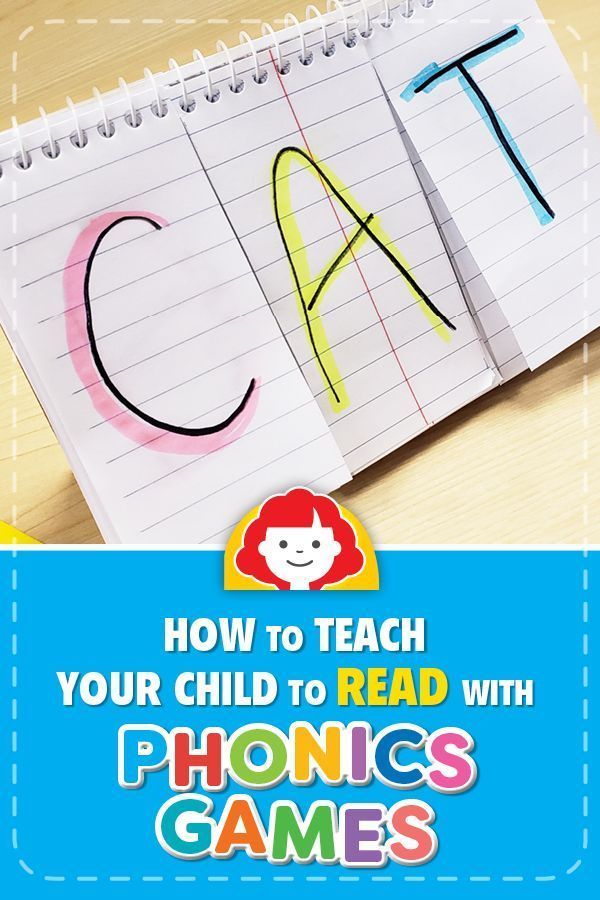 That is why, when children first begin to write, they pronounce each word aloud. The motor and deep parts of the brain are responsible for sufficient muscle tone, correct subtle movements, and jewelry switching between positions. And of course, all this is accompanied by an analysis and search for semantically suitable words.
That is why, when children first begin to write, they pronounce each word aloud. The motor and deep parts of the brain are responsible for sufficient muscle tone, correct subtle movements, and jewelry switching between positions. And of course, all this is accompanied by an analysis and search for semantically suitable words.  We are talking here about the general tone, and about the posture that the child takes for writing, and, of course, about motor skills.
We are talking here about the general tone, and about the posture that the child takes for writing, and, of course, about motor skills. 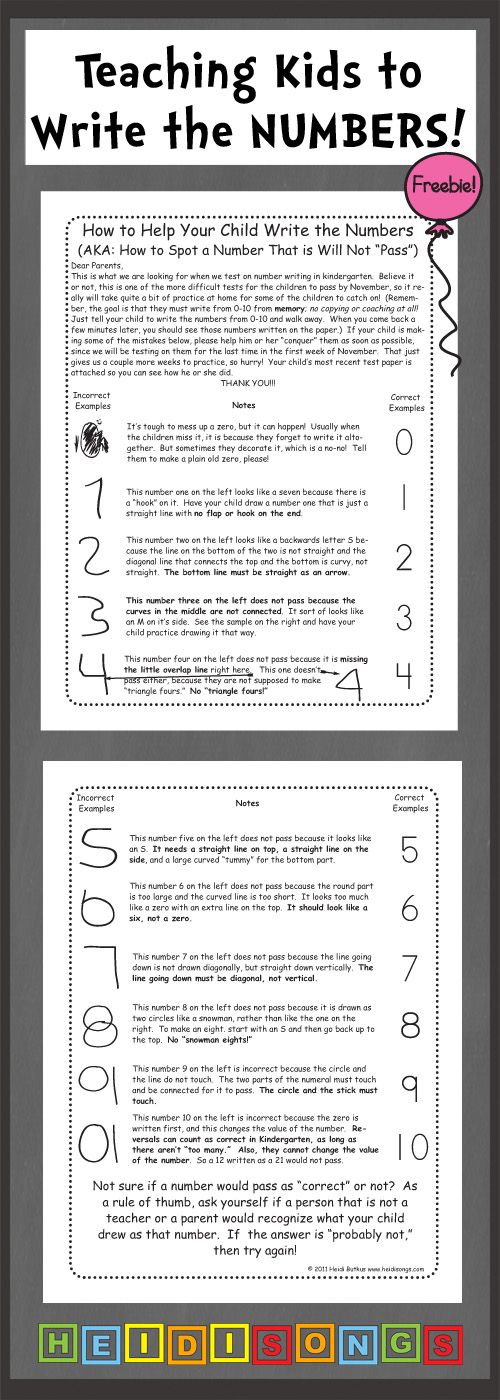
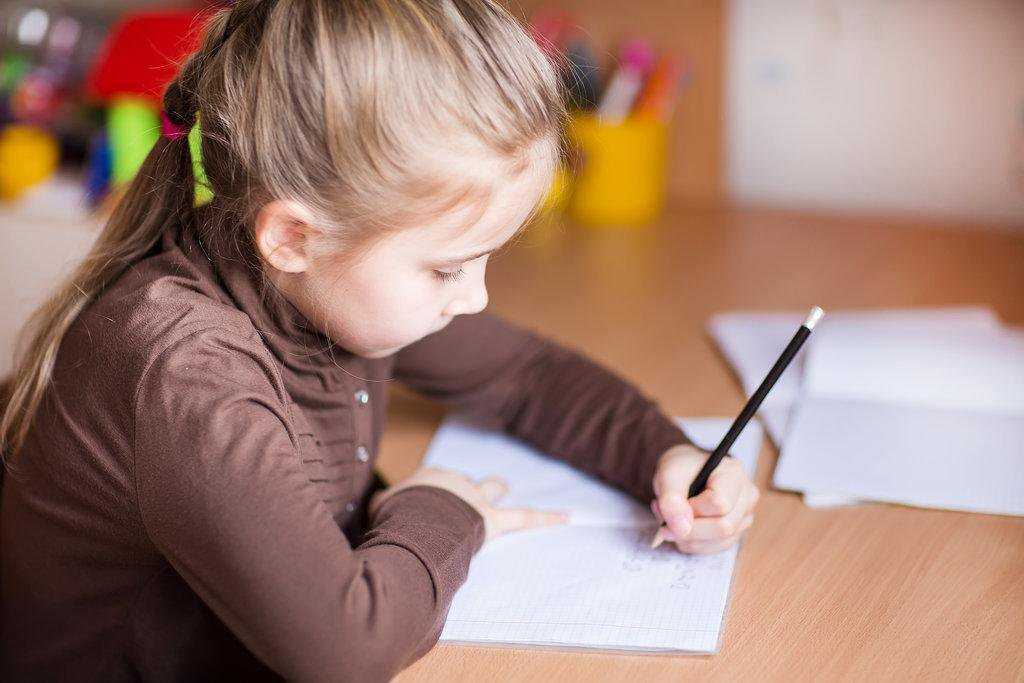 Gadgets, physical inactivity, incorrect posture - all this affects health, it is difficult for children to hold the pressure of a pencil.
Gadgets, physical inactivity, incorrect posture - all this affects health, it is difficult for children to hold the pressure of a pencil. 